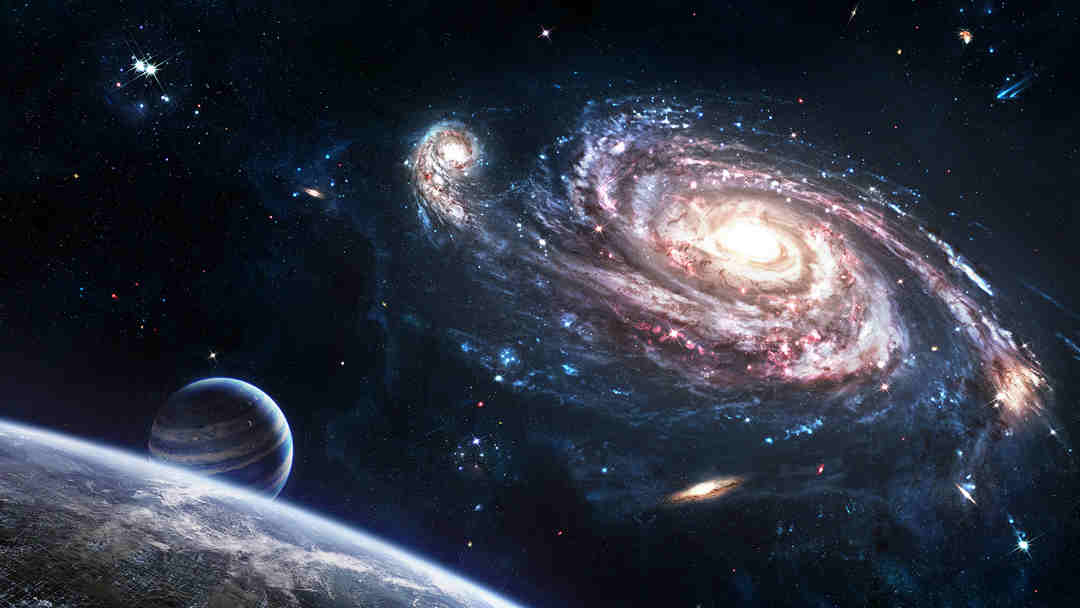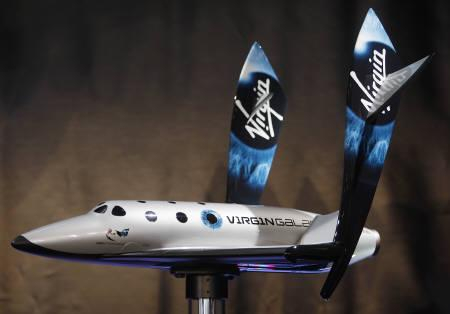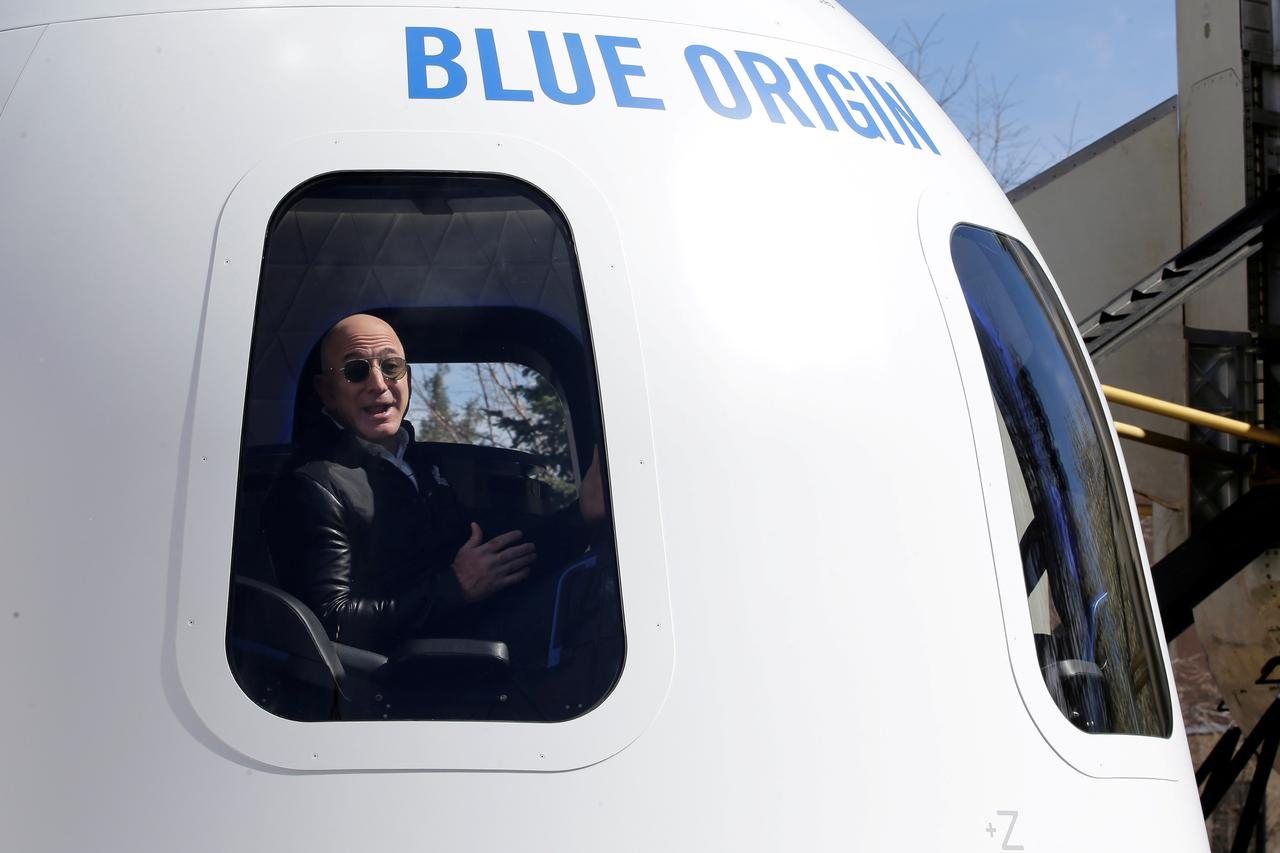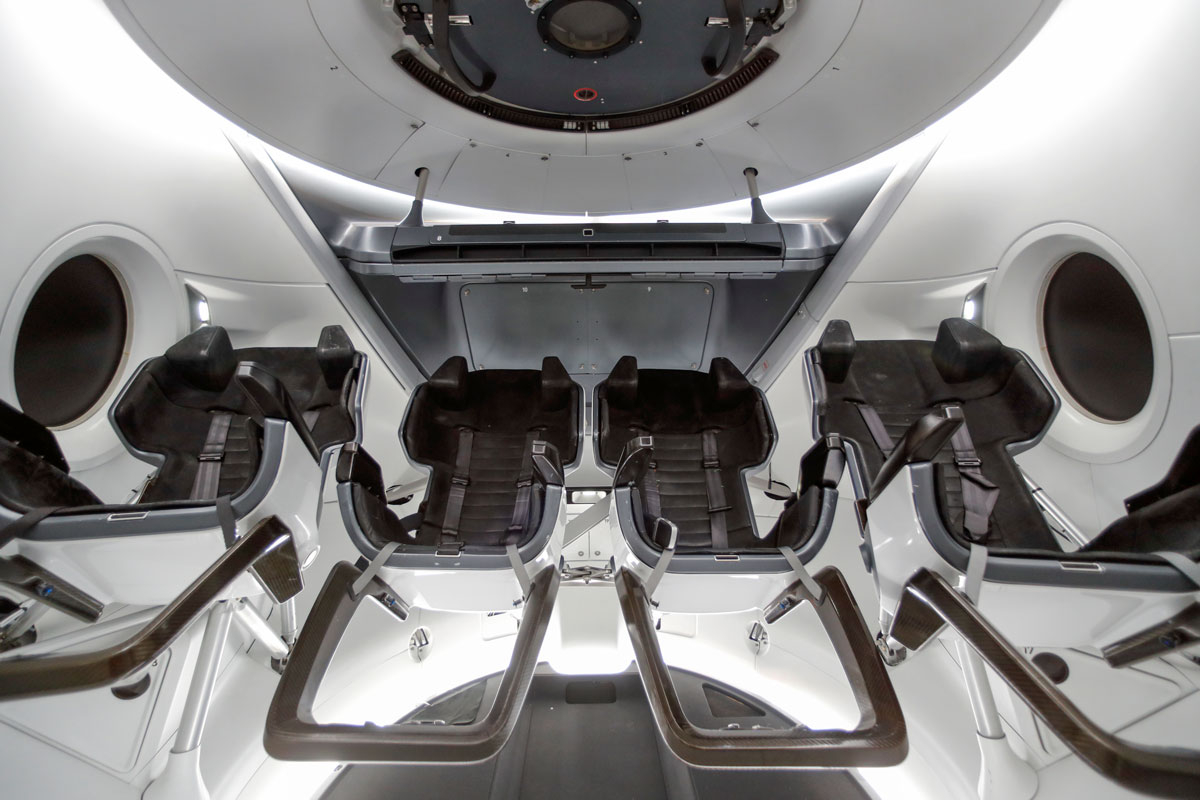
Technology
17:06, 12-Apr-2019
Will space tourism finally become a reality in 2019?
CGTN

Flying to the edge of the space and seeing the majestic beauty of our planet from above the atmosphere, or even getting to the International Space Station (ISS) or the Moon like a real, old-fashioned astronaut might be the dream of many ordinary people. But few have had the privilege.
Quite a few companies have been trying for years to bring such dreams alive, but this has turned out to be slower going than many expected. Excitingly, 2019 will probably be the year that space tourism finally becomes a reality.
After many false dawns, at least three companies are on the verge of getting people into space in commercial spaceflights this year.
Virgin Galactic
Virgin Galactic, the U.S. firm that has aimed to provide suborbital spaceflight to tourists since it was founded in 2004, has made a major breakthrough on December 13 last year when it successfully conducted its first trip to near-space.
In the test flight, the company's crewed SpaceShip Two reached an altitude of 51.4 miles (82.7 kilometers), which is slightly higher than what the U.S. Air Force and NASA considers the border between Earth's atmosphere and space (80 kilometers).
In February, the company completed a second launch, and this time with a test passenger on board, paving the way for its first paying customers being sent into suborbital space in 2019, though more test flights are planned before that.

A model of the SpaceShip Two spaceship./Reuters Photo
A model of the SpaceShip Two spaceship./Reuters Photo
Richard Branson, founder and CEO of the company, has said that he hoped to take his own first flight on July 16, 2019, to commemorate the 50th anniversary of the launch of Apollo 11.
Actually, Virgin Galactic began selling tickets for the trip in 2013 at 200,000 U.S. dollars (later raised to 250,000 U.S. dollars) a go, and more than 700 people have put down deposits, according to the company.
Each flight will have six passengers, who will experience several minutes of weightlessness and be afforded incredible views of the Earth as the spaceship hops into space, before returning to a runway landing.
Blue Origin

Amazon and Blue Origin founder Jeff Bezos addresses the media about the New Shepard rocket booster and Crew Capsule mockup at the 33rd Space Symposium in Colorado Springs, Colorado, U.S., April 5, 2017./Reuters Photo
Amazon and Blue Origin founder Jeff Bezos addresses the media about the New Shepard rocket booster and Crew Capsule mockup at the 33rd Space Symposium in Colorado Springs, Colorado, U.S., April 5, 2017./Reuters Photo
Blue Origin, with Amazon CEO Jeff Bezos at the helm, is now Virgin Galactic's biggest competitor in the area of commercial suborbital spaceflights.
Its New Shepard spaceship has flown to space 10 times, but without any passengers on board. The company has been gearing up to launch humans, which may very well happen this year.
Last June, Vice President Rob Meyerson of Blue Origin revealed that the company expected to start selling tickets for commercial flights in 2019. Though he didn't offer a price, people have been expecting a similar cost to Virgin Galactic's 250,000 U.S. dollars.
Space X and Boeing
Elon Musk's Space X and Boeing are more ambitious, aiming beyond suborbital flights.
After repeated delays, Space X has successfully sent its Crew Dragon Capsule, a spaceship designed for six passengers, to the ISS in March.

A replica of the Crew Dragon capsule is seen at SpaceX's headquarters in Hawthorne, California./Reuters Photo
A replica of the Crew Dragon capsule is seen at SpaceX's headquarters in Hawthorne, California./Reuters Photo
The mission has been taken as a crucial milestone, as it will allow the U.S., which has been depending on Russian Soyuz spacecraft for ferrying astronauts to and from the ISS since 2001, to resume human space flight from U.S. soil later this year.
Other than that, Musk is eyeing new opportunities for space tourism, as the company is free to sell additional spare capacity to space tourists once fulfilling its contractual commitments to NASA.
The trip will probably be extremely expensive, but still attractive to the super rich, as between 2001 and 2009, seven individuals paid up to 40 million U.S. dollars for a trip into orbit on a Soyuz rocket.
SpaceX has already announced that it had sold a trip around the Moon to Japanese billionaire Yusaku Maezawa, and the company is very open about its ambition to take people to Mars.
Boeing is on the same page with Space X, which is getting ready for the first test flight of its manned CST-100 Starliner spacecraft this year.
Both are contracted by NASA to take astronauts to the ISS, but both are looking beyond that to commercial flights.

SITEMAP
Copyright © 2018 CGTN. Beijing ICP prepared NO.16065310-3
Copyright © 2018 CGTN. Beijing ICP prepared NO.16065310-3